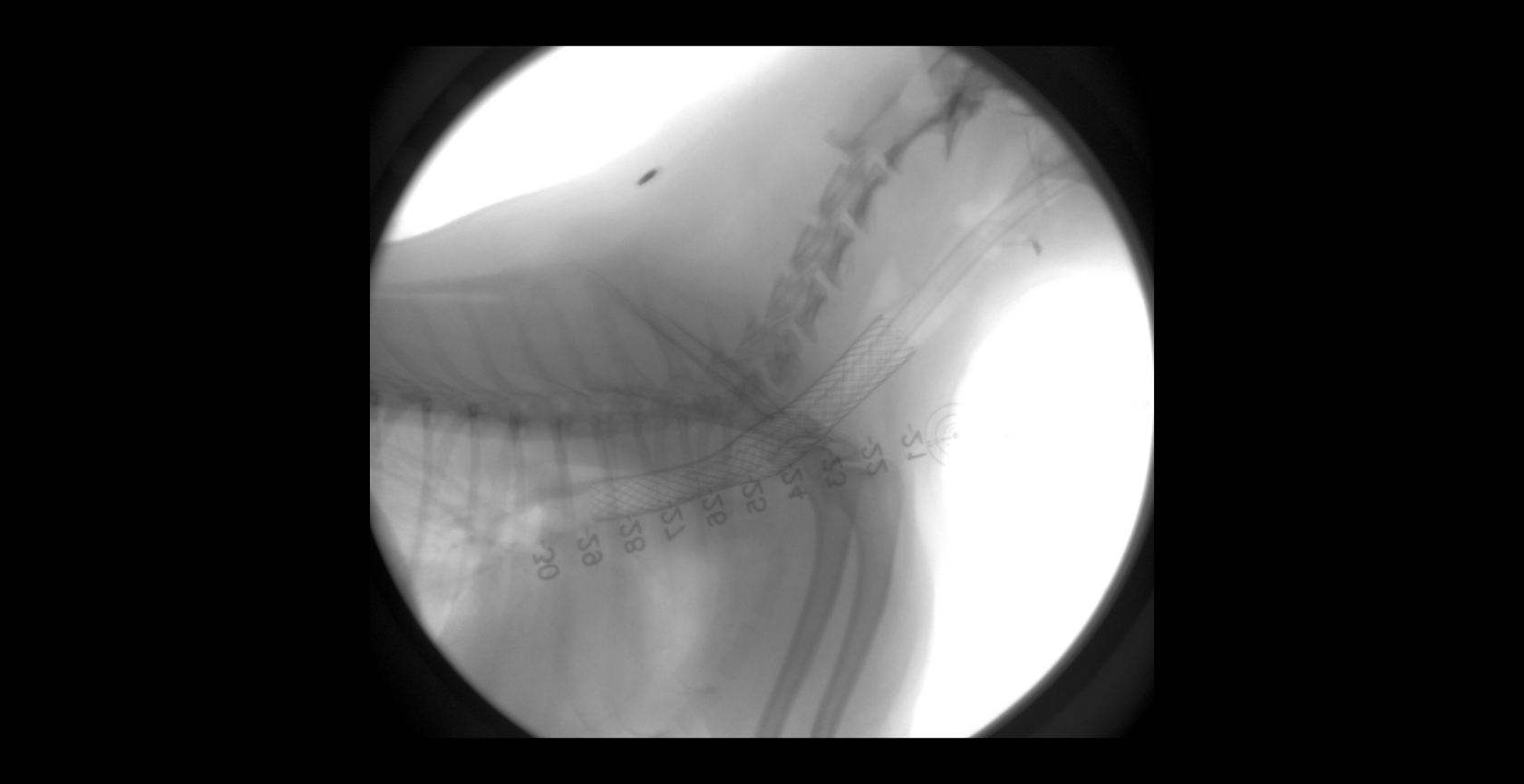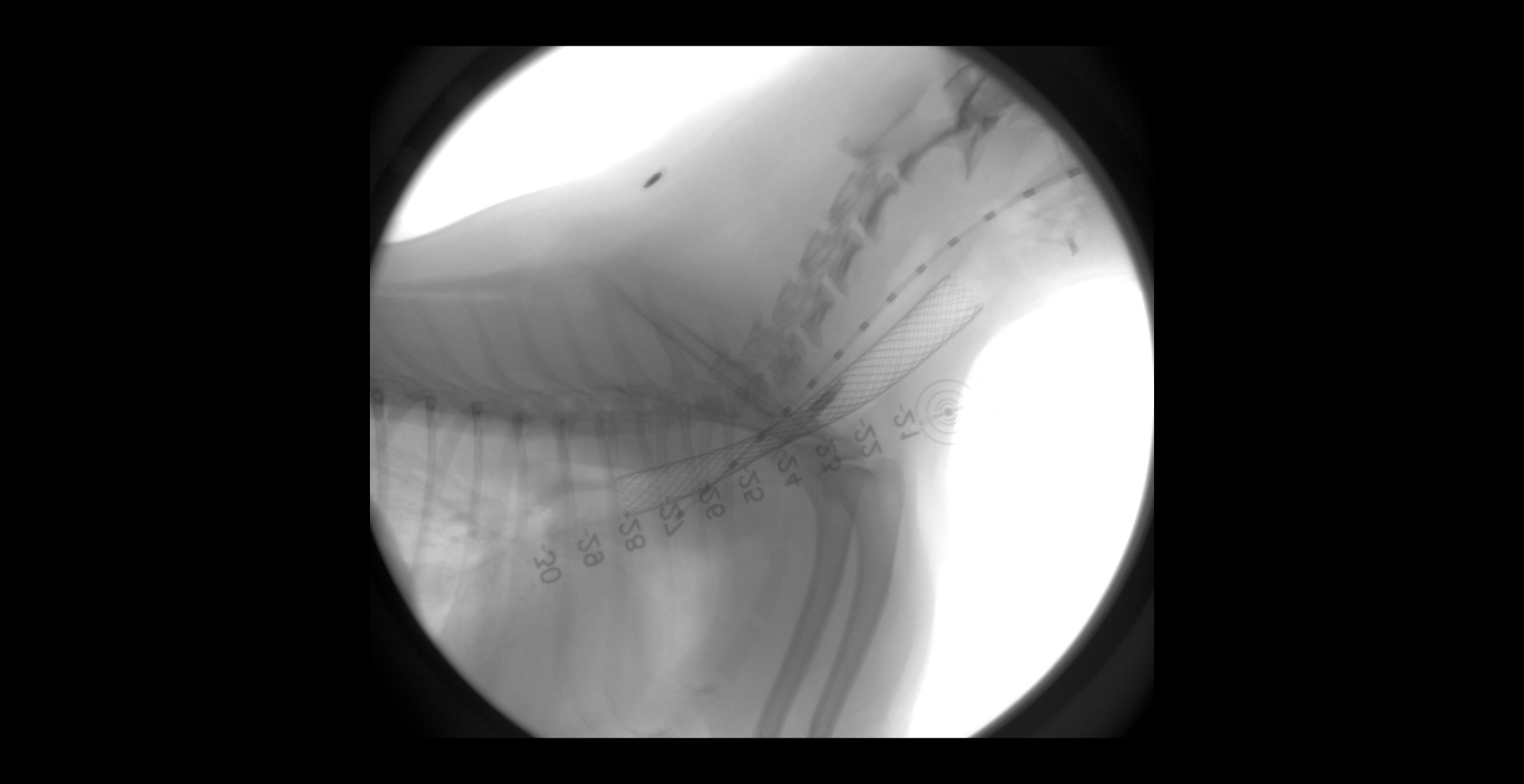Anesthesia and Monitoring For Dogs
PREPARATION FOR ANESTHESIA
- Withhold food for at least 8 hours prior to your pet’s drop off time. Withhold medications the day of the procedure unless directed otherwise by your care team.
- Bring all medications that your dog is currently receiving.
- If your dog is on a prescription diet, bring a sufficient quantity for the hospital stay.
WHAT TO EXPECT
- A personalized anesthetic protocol and medication plan will be devised by your pet’s veterinary team after reviewing all diagnostic results.
- Your pet will be given a sedative, and an intravenous catheter will be placed in a limb.
- Medication will be given through the catheter and into the vein to put your dog under anesthesia.
- A breathing tube (endotracheal tube) will be placed to administer oxygen and the anesthetic gas to keep your pet anesthetized.
- Your dog will be maintained on intravenous fluids as well as medications appropriate for the procedure (such as antibiotics, pain medications and medications to support blood pressure and heart rate).
- Your pet’s heart rate, breathing rate, heart rhythm (ECG), oxygen levels, carbon dioxide levels, blood pressure and temperature will be monitored continuously throughout the procedure.
- Your pet will stay in the hospital at least 2-3 hours after anesthesia to recover.
POTENTIAL COMPLICATIONS
- A low blood pressure can occur in older dogs, dogs with systemic disease, or when undergoing prolonged anesthesia. Your pet’s blood pressure will be supported with fluids and/or medications as needed.
- An air and/or fluid warming blanket will be used during the procedure to maintain body temperature. Active warming will be maintained until the temperature has normalized.
- Rarely, an allergic reaction will occur after administration of a medication. Your pet may be given an injectable antihistamine if indicated.
AT HOME
- A pressure bandage may be on your pet’s leg in the location of the removed IV catheter. This bandage should be removed when you get home to prevent complications.
- Lethargy, nausea, decreased appetite, and mild behavioral changes are not uncommon after anesthesia. Call MISCA if these signs have not resolved within 24 hours.
- You may feed your pet a small meal after being home for 1-2 hours. If your dog refuses to eat or vomits, please wait approximately 8-12 hours before feeding.




